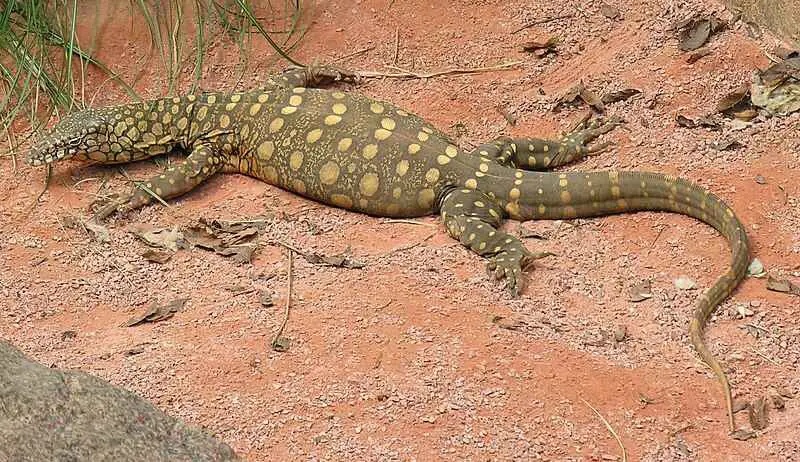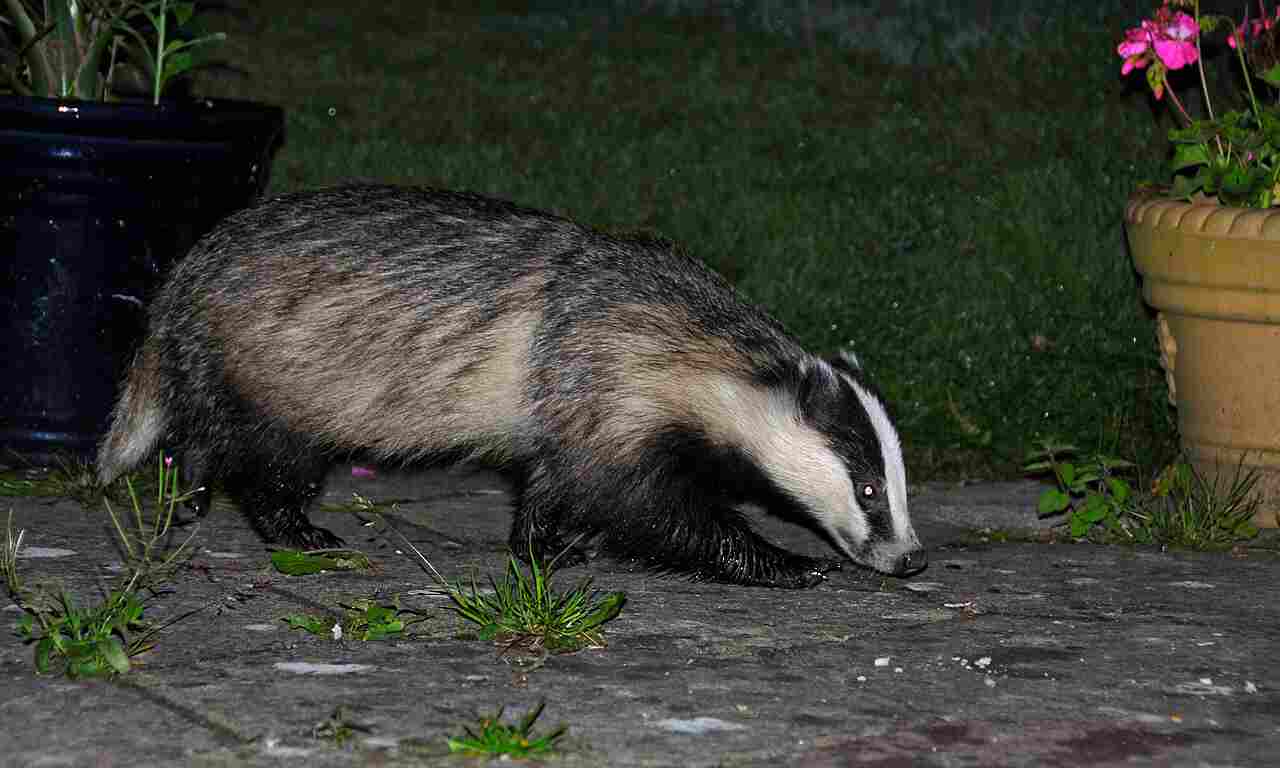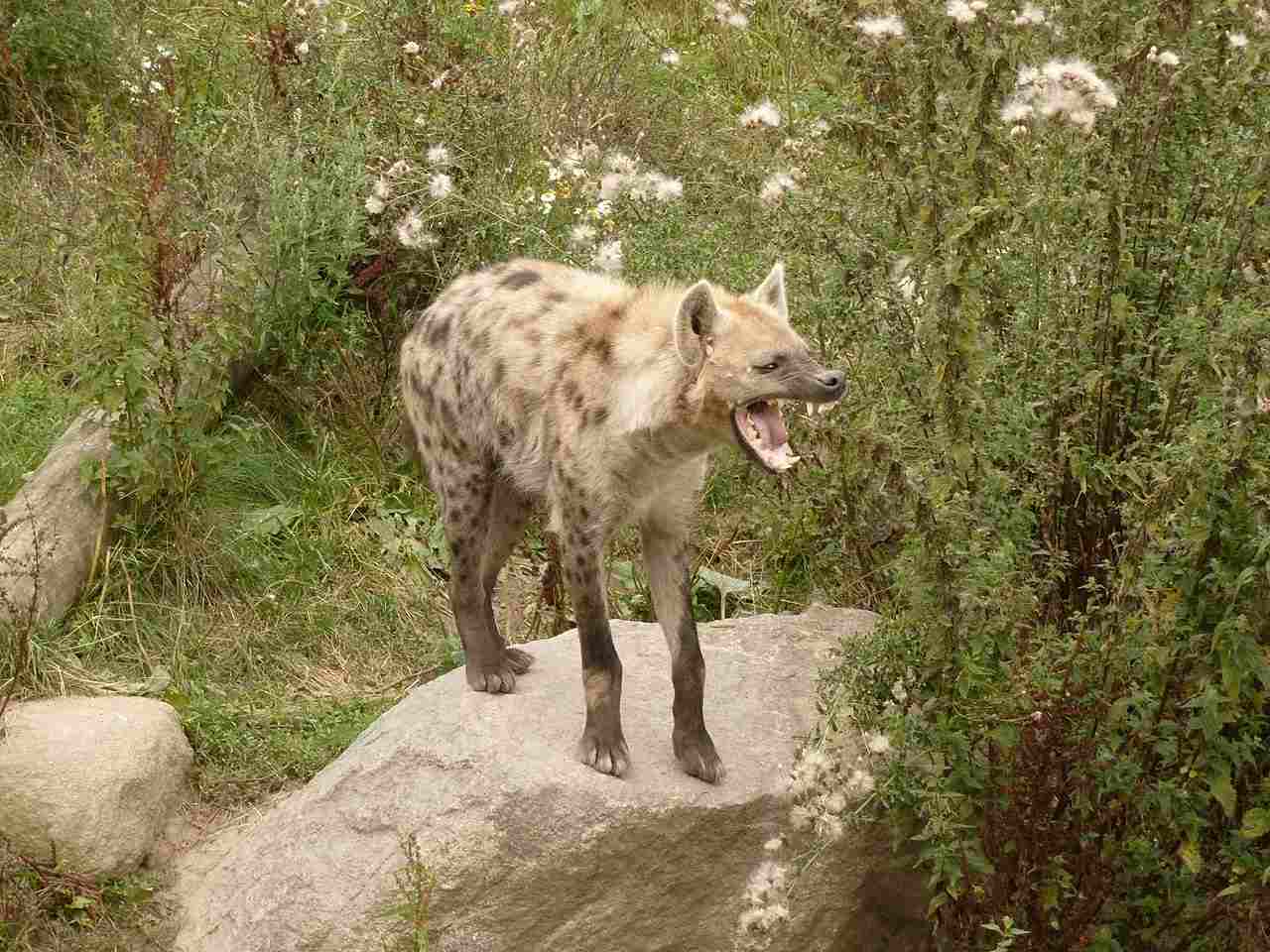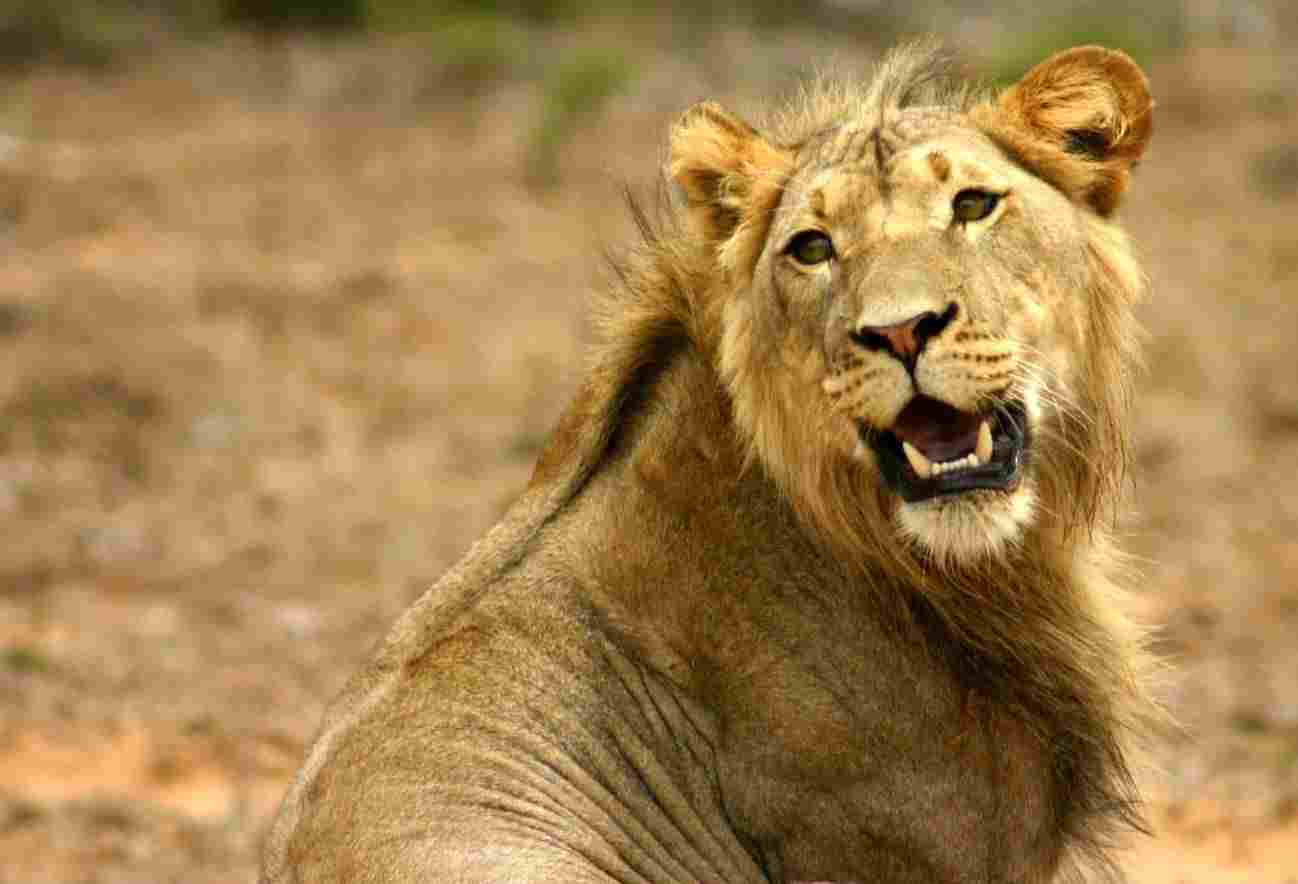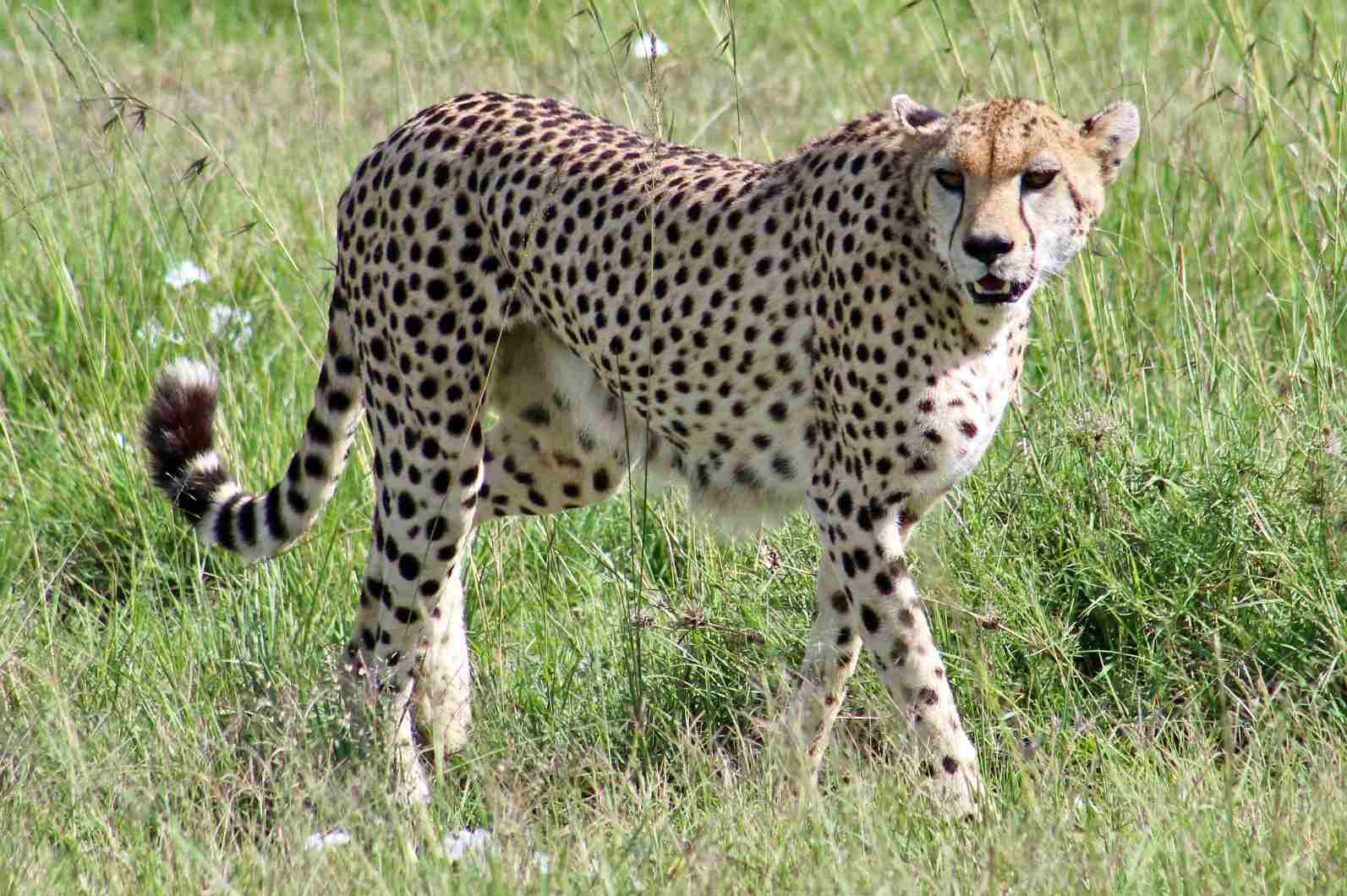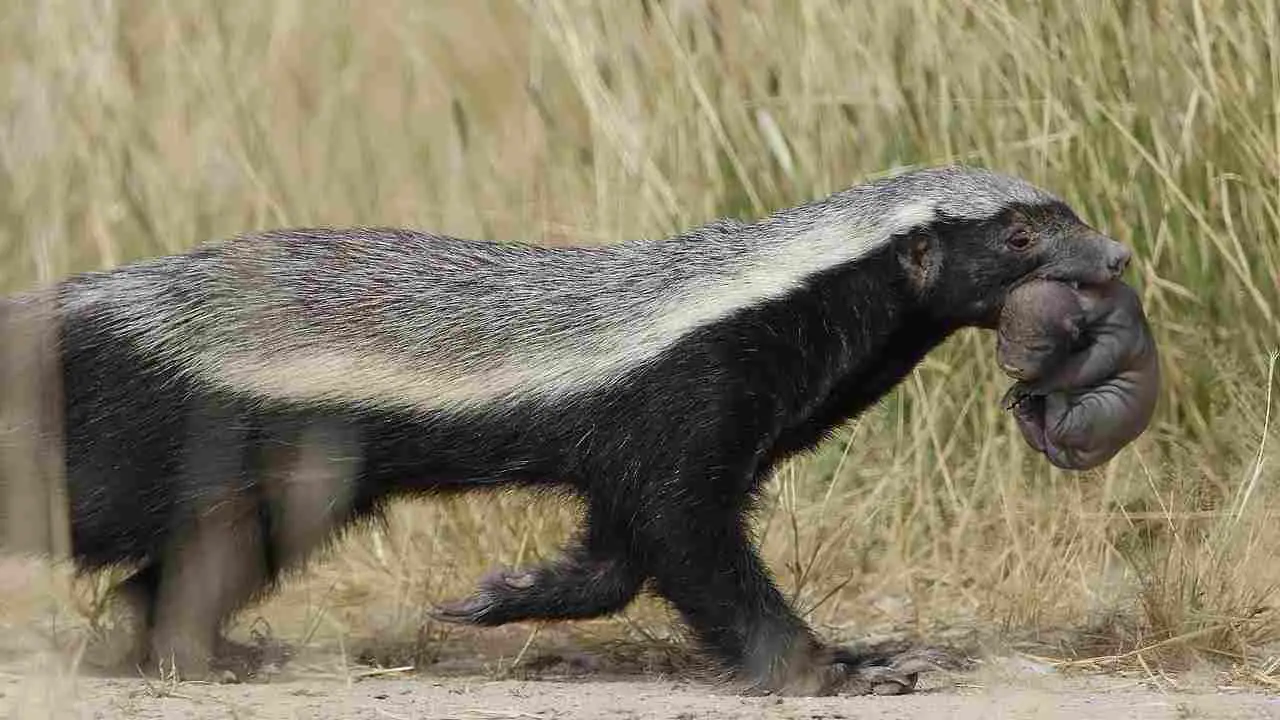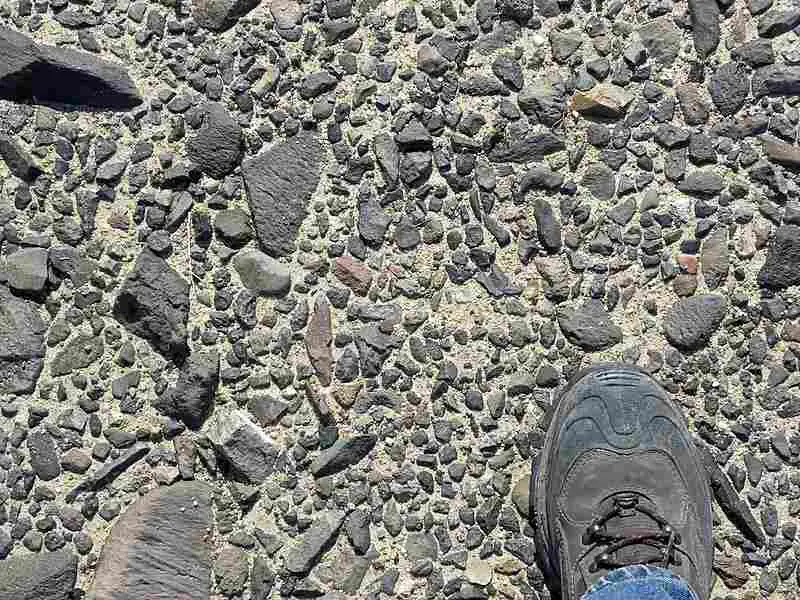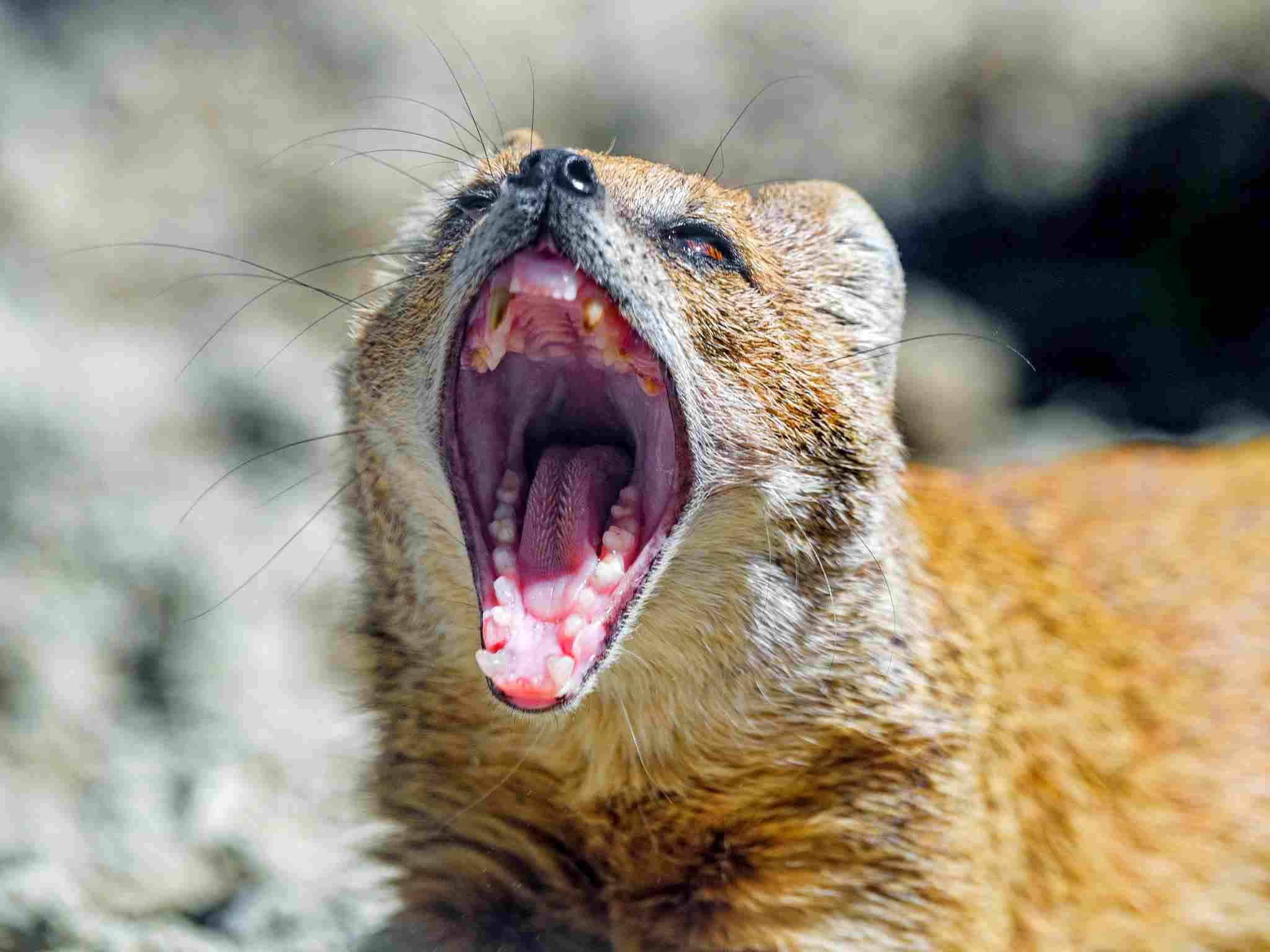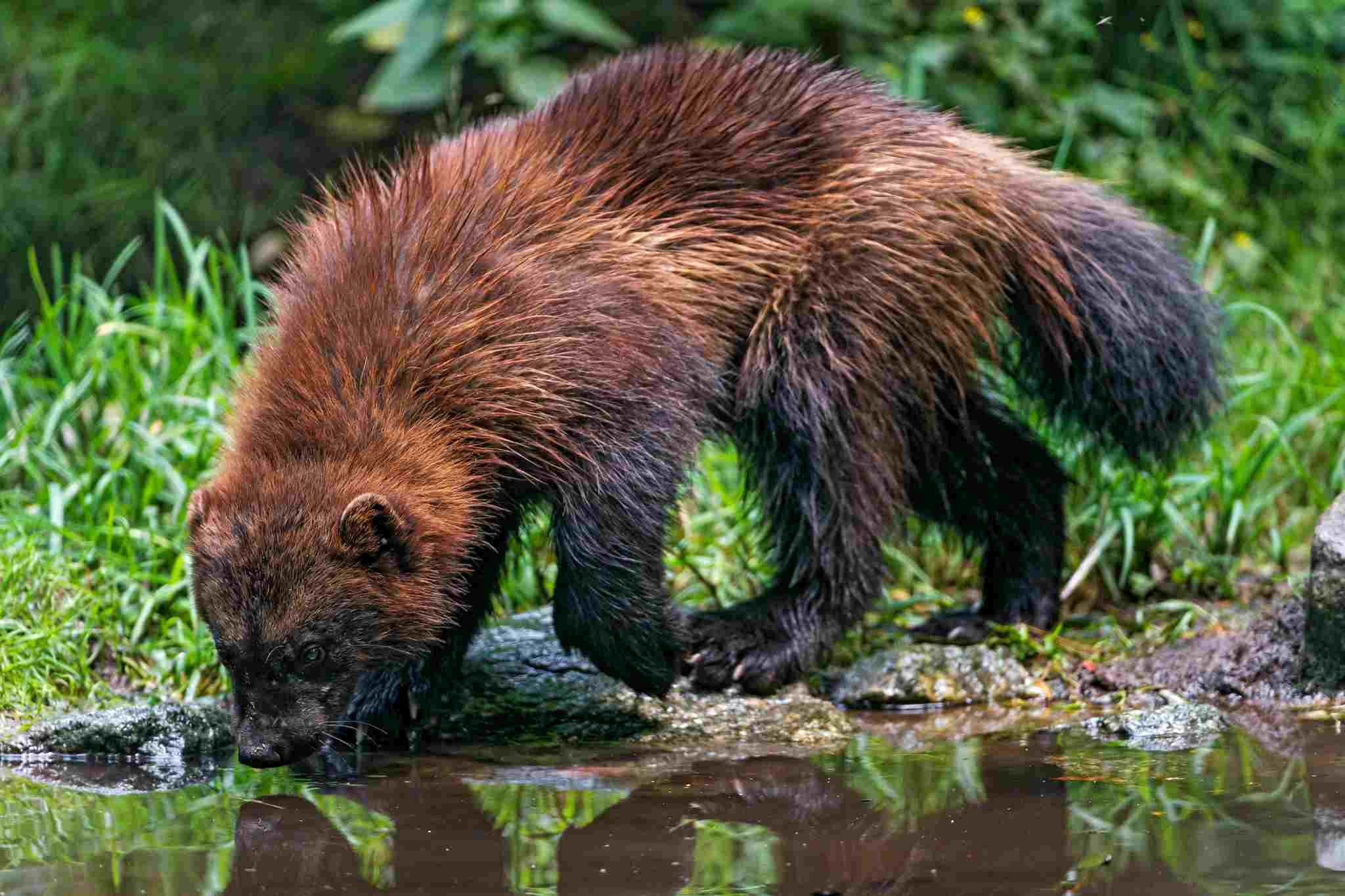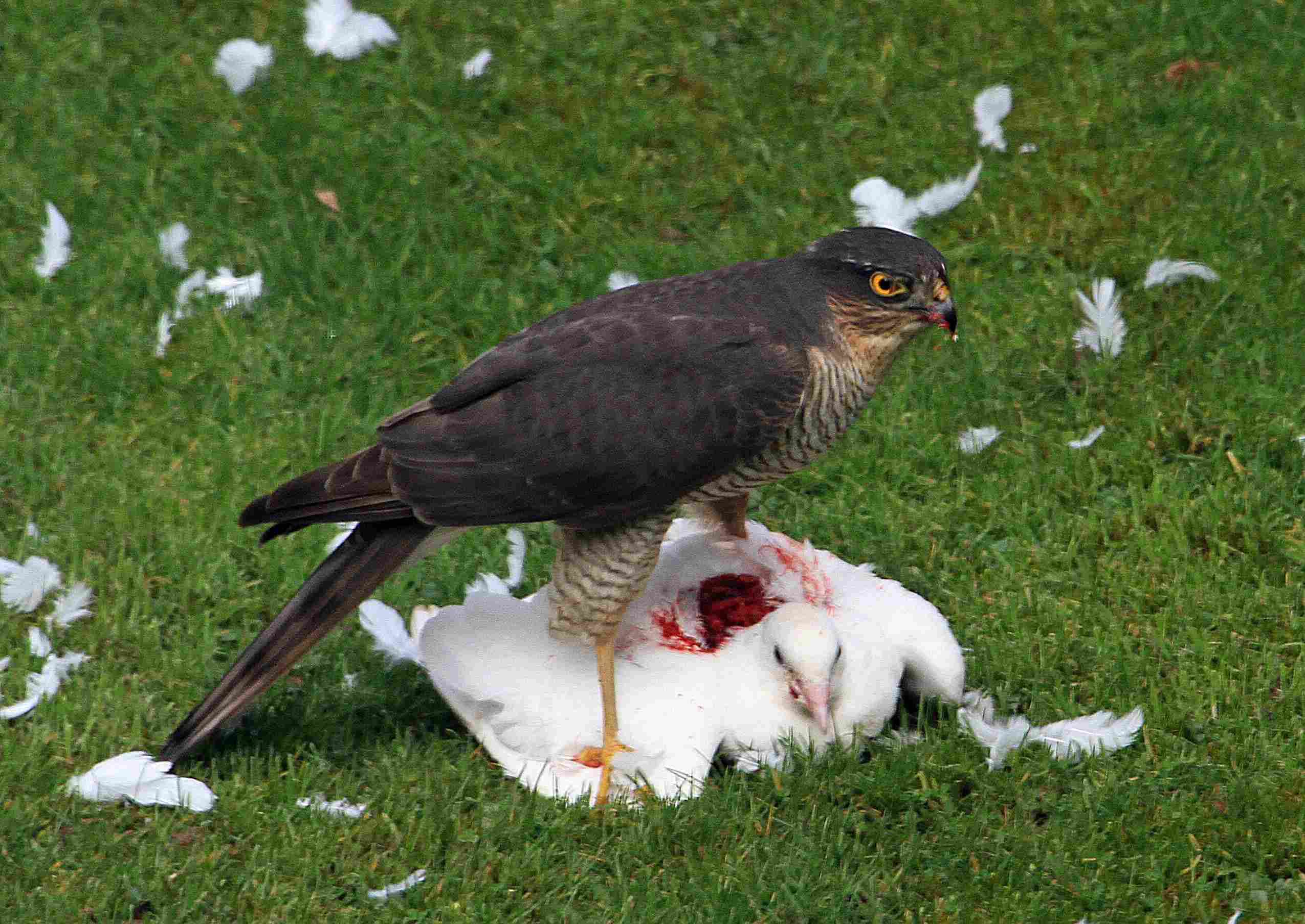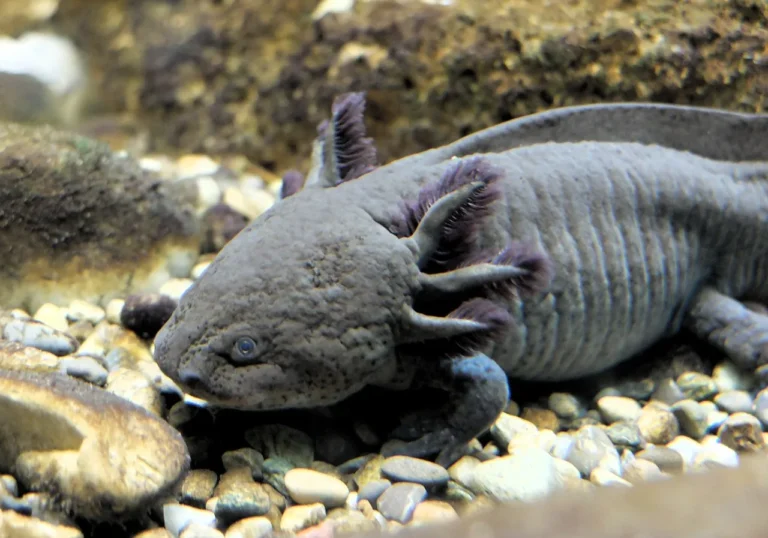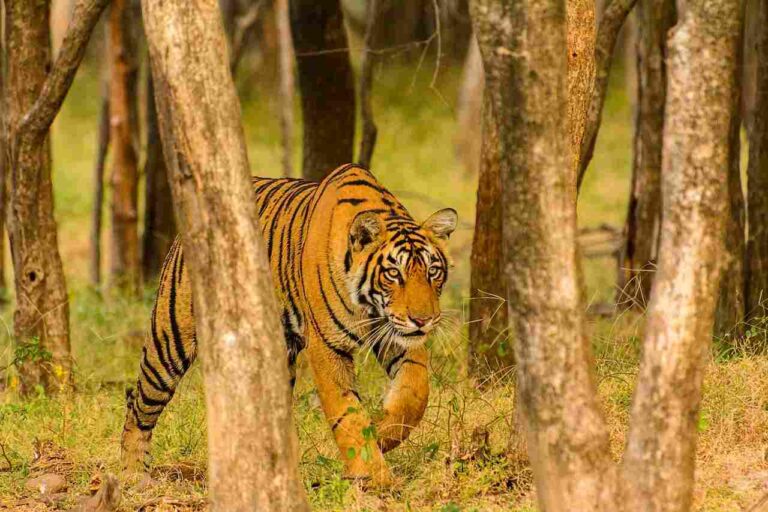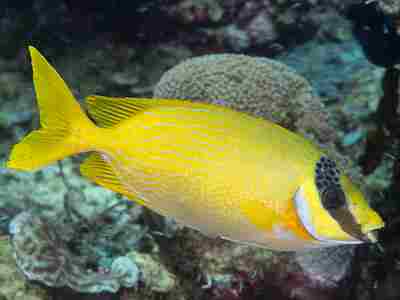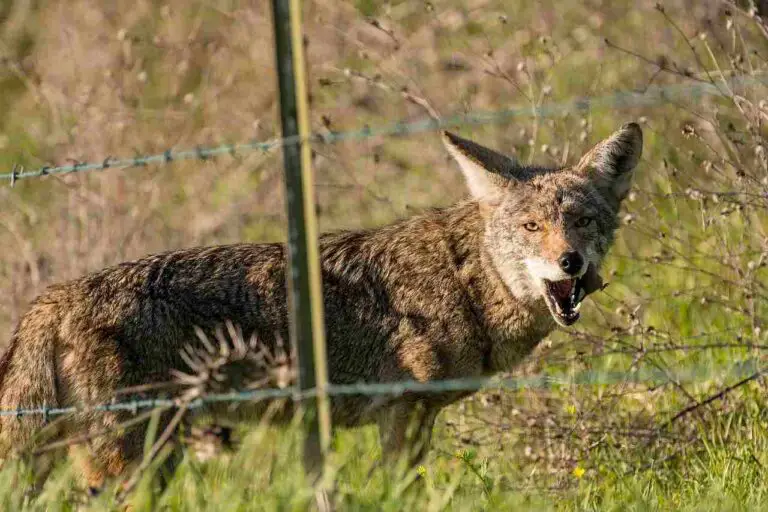9+ Carnivores in The Sahara Desert Discussed
Carnivores in the Sahara Desert are a diverse group of predators adapted to survive in harsh conditions. They include iconic species like the cheetah, striped hyena, and honey badger, which rely on their speed, stealth, and resilience to hunt and scavenge for food. Other notable carnivores such as the sand cat, African wildcat, and caracal exhibit specialized adaptations for desert life, while birds of prey like hawks soar above the dunes hunting small mammals and reptiles. Venomous snakes like the horned viper complete the ecosystem, showcasing the intricate balance of life in this vast wilderness. Conservation efforts are vital to protect these carnivores and their habitats, ensuring the delicate equilibrium of the Sahara Desert’s ecosystem.
1. Cheetah
The Sahara Desert, known for its vast expanse of arid landscapes and extreme temperatures, hosts a surprising array of carnivores, each uniquely adapted to survive in this harsh environment. Among them, the cheetah stands out as an iconic and formidable predator. Renowned for its incredible speed and agility, the cheetah is a sight to behold as it streaks across the desert plains in pursuit of prey.
In the Sahara, cheetahs primarily inhabit the more hospitable regions where prey is more abundant, such as the edges of the desert or areas with sparse vegetation. Despite the challenges posed by the desert environment, cheetahs have evolved remarkable adaptations to thrive in such conditions. Their slender bodies, long legs, and distinctive black tear marks help them dissipate excess heat and maintain optimal body temperature during the scorching days.
Cheetahs in the Sahara primarily prey on smaller ungulates like gazelles and impalas, utilizing their incredible bursts of speed to chase down their quarry over short distances. However, competition for resources is fierce, with other predators such as hyenas and jackals often vying for the same prey. As solitary hunters, cheetahs rely on stealth and cunning to outmaneuver their rivals and secure a meal.
Despite their prowess as hunters, cheetahs face numerous challenges in the Sahara, including habitat loss, poaching, and dwindling prey populations. Conservation efforts are crucial to ensuring the survival of these magnificent cats in the face of such threats. Through concerted action and awareness, we can help preserve the delicate balance of life in the Sahara Desert, ensuring that creatures like the cheetah continue to roam its vast and awe-inspiring landscapes.
2. Striped Hyena
In the vast expanse of the Sahara Desert, the elusive and adaptable striped hyena roams the dunes and rocky outcrops, carving out a niche as one of the desert’s most resilient carnivores. Unlike its more iconic cousin, the spotted hyena, the striped hyena is smaller in size and tends to prefer a solitary or pair-based lifestyle, making it less conspicuous in the harsh desert environment.
Striped hyenas are opportunistic hunters and scavengers, preying on a wide range of animals, from small rodents and insects to larger ungulates when the opportunity arises. Their keen sense of smell and sharp claws make them formidable hunters, capable of tracking down prey or scavenging carcasses across the vast desert landscape.
Despite their reputation as solitary hunters, striped hyenas also exhibit social behaviors, often forming small family groups or clans to cooperate in hunting and defense. Their thick fur and burrowing habits help them withstand the extreme temperatures of the desert, providing shelter from the blazing sun during the day and insulation against the cold desert nights.
While not as iconic as some of the other predators in the Sahara, the striped hyena plays a vital role in the ecosystem, helping to control populations of herbivores and scavenging on carrion, thereby recycling nutrients back into the environment. Conservation efforts aimed at protecting the striped hyena and its habitat are essential for maintaining the delicate balance of life in the Sahara Desert.
3. Sand Cat
The Sahara Desert is home to a remarkable array of wildlife, including the elusive and enigmatic sand cat. With its unique adaptations for desert life, the sand cat is a master of survival in one of the harshest environments on Earth. Despite its small size and unassuming appearance, this nocturnal predator is perfectly suited to thrive in the shifting sands and rocky terrain of the Sahara.
Sand cats are well-adapted to the desert environment, with thick fur and large, tufted ears that help regulate body temperature and enhance hearing in the quiet desert nights. Their sandy-colored fur provides excellent camouflage against the desert backdrop, allowing them to blend seamlessly into their surroundings while stalking prey or avoiding detection by predators.
As solitary hunters, sand cats primarily prey on small rodents, reptiles, and insects, using their keen senses and stealthy approach to ambush their quarry in the darkness. Their ability to go for extended periods without water and their efficient hunting techniques make them highly successful predators in the harsh desert environment.
Despite their remarkable adaptations for desert life, sand cats face numerous threats, including habitat loss, poaching, and predation by larger carnivores. Conservation efforts aimed at protecting the sand cat and its habitat are essential for ensuring the survival of this unique and elusive species in the Sahara Desert.
4. Golden Jackal
In the vast expanse of the Sahara Desert, the golden jackal is a familiar sight, scavenging on carrion and hunting small prey amidst the dunes and rocky outcrops. With its keen senses and adaptable nature, the golden jackal is well-suited to thrive in the harsh desert environment, where food and water are often scarce.
Golden jackals are opportunistic omnivores, feeding on a wide range of foods, including small mammals, birds, insects, fruits, and vegetation. Their ability to exploit a variety of food sources allows them to survive in diverse habitats, from desert plains to scrubland and even urban areas on the outskirts of human settlements.
Despite their solitary hunting habits, golden jackals often form monogamous pairs or small family groups, cooperating in raising their young and defending territory against rival jackals and other predators. Their distinctive golden coat provides excellent camouflage against the desert sands, allowing them to blend in with their surroundings while hunting or avoiding detection by larger predators.
Conservation efforts aimed at protecting the golden jackal and its habitat are crucial for maintaining the delicate balance of life in the Sahara Desert. By preserving the natural ecosystems of the desert and reducing human-wildlife conflict, we can ensure that creatures like the golden jackal continue to thrive amidst the dunes and rocky landscapes of this awe-inspiring wilderness.
5. Honey Badger
In the unforgiving landscape of the Sahara Desert, the honey badger reigns as a fearless and tenacious predator, renowned for its ferocity and resilience in the face of adversity. Despite its small size, this formidable carnivore possesses a powerful build, sharp claws, and a thick, tough skin that provide protection against the harsh desert environment and potential adversaries.
Honey badgers are opportunistic hunters and scavengers, preying on a wide range of animals, from small rodents and insects to snakes and birds. Their keen sense of smell and remarkable digging abilities allow them to uncover hidden prey or access food sources buried beneath the desert sands. Additionally, honey badgers are known for their ability to raid beehives, using their sharp claws and tough skin to withstand the stings of angry bees while feasting on honey and larvae.
Despite their reputation as solitary hunters, honey badgers may form temporary alliances with other predators, such as jackals or hyenas, to scavenge on larger carcasses or defend territory against rival predators. Their bold and fearless nature makes them a force to be reckoned with in the desert ecosystem, capable of holding their own against much larger adversaries.
Conservation efforts aimed at protecting the honey badger and its habitat are essential for maintaining the delicate balance of life in the Sahara Desert. By preserving the natural ecosystems of the desert and reducing human-wildlife conflict, we can ensure that creatures like the honey badger continue to thrive amidst the arid landscapes of this vast wilderness.
6. African Wild Cat
The Sahara Desert, with its vast expanses of sand and rocky outcrops, is home to the African wildcat, a close relative of the domestic cat and one of the desert’s most elusive predators. With its sleek coat and keen senses, the African wildcat is a master of stealth and agility, capable of hunting small prey and navigating the harsh desert terrain with ease.
African wildcats are solitary hunters, primarily preying on small rodents, birds, and insects, using their sharp claws and keen eyesight to stalk and ambush their quarry in the darkness of the desert night. Their ability to blend into their surroundings and move silently through the landscape makes them highly effective predators, capable of catching even the most elusive prey.
Despite their solitary nature, African wildcats may occasionally form temporary alliances with other predators, such as hyenas or jackals, to scavenge on larger carcasses or defend territory against rival predators. Their adaptability and resourcefulness make them well-suited to survive in the harsh desert environment, where food and water are often scarce.
Conservation efforts aimed at protecting the African wildcat and its habitat are crucial for maintaining the delicate balance of life in the Sahara Desert. By preserving the natural ecosystems of the desert and reducing human-wildlife conflict, we can ensure that creatures like the African wildcat continue to thrive amidst the dunes and rocky landscapes of this awe-inspiring wilderness.
7. Caracal
The Sahara Desert is home to the caracal, a sleek and powerful predator known for its distinctive tufted ears and agile hunting abilities. With its long legs and muscular build, the caracal is perfectly adapted to thrive in the harsh desert environment, where it preys on a variety of small mammals, birds, and reptiles.
Caracals are solitary hunters, relying on stealth and speed to ambush their prey in the dense scrubland and rocky outcrops of the desert. Their keen eyesight and acute hearing allow them to pinpoint the location of potential prey from a distance, while their powerful hind legs enable them to leap high into the air to catch birds in flight or pounce on unsuspecting rodents.
Despite their solitary nature, caracals may occasionally form temporary alliances with other predators, such as jackals or hyenas, to scavenge on larger carcasses or defend territory against rival predators. Their adaptability and resourcefulness make them highly successful predators in the harsh desert environment, where food and water are often scarce.
Conservation efforts aimed at protecting the caracal and its habitat are essential for maintaining the delicate balance of life in the Sahara Desert. By preserving the natural ecosystems of the desert and reducing human-wildlife conflict, we can ensure that creatures like the caracal continue to thrive amidst the arid landscapes of this vast wilderness.
8. Desert Monitor
In the vast and harsh landscape of the Sahara Desert, the desert monitor lizard stands out as a formidable predator, equipped with sharp claws, powerful jaws, and keen senses. With its sleek, elongated body and forked tongue, the desert monitor is perfectly adapted to thrive in the arid and unforgiving environment of the desert.
Desert monitors are opportunistic hunters, preying on a wide range of animals, from insects and small rodents to birds and reptiles. Their keen sense of smell and excellent climbing abilities allow them to locate and capture prey in a variety of habitats, from rocky outcrops to sandy dunes.
Despite their solitary nature, desert monitors may occasionally form temporary alliances with other predators to scavenge on larger carcasses or defend territory against rivals. Their adaptability and resilience make them highly successful predators in the harsh desert environment, where food and water are often scarce.
Conservation efforts aimed at protecting the desert monitor and its habitat are crucial for maintaining the delicate balance of life in the Sahara Desert. By preserving the natural ecosystems of the desert and reducing human-wildlife conflict, we can ensure that creatures like the desert monitor continue to thrive amidst the dunes and rocky landscapes of this awe-inspiring wilderness.
9. Hawk
In the vast expanse of the Sahara Desert, birds of prey like hawks reign supreme, soaring high above the dunes and rocky outcrops in search of prey. With their keen eyesight, powerful talons, and swift aerial maneuvers, hawks are well-equipped to hunt small mammals, birds, and reptiles amidst the harsh desert environment.
Hawks are solitary hunters, relying on their sharp vision to spot potential prey from great distances before swooping down with incredible speed and accuracy to capture their quarry. Their aerial agility and keen hunting instincts make them formidable predators in the desert ecosystem, capable of catching even the most elusive prey.
Despite their solitary hunting habits, hawks may occasionally form loose associations with other birds of prey to hunt cooperatively or defend territory against rival predators. Their adaptability and resourcefulness make them highly successful hunters in the harsh desert environment, where food and water are often scarce.
Conservation efforts aimed at protecting hawks and their habitat are essential for maintaining the delicate balance of life in the Sahara Desert. By preserving the natural ecosystems of the desert and reducing human-wildlife conflict, we can ensure that creatures like hawks continue to thrive amidst the vast and awe-inspiring landscapes of this wilderness.
10. Horned Viper
In the arid and inhospitable terrain of the Sahara Desert, the horned viper slithers silently amidst the sand and rocky outcrops, camouflaged against the desert backdrop as it waits patiently to ambush unsuspecting prey. With its distinctive horn-like scales and venomous bite, the horned viper is a formidable predator in the harsh desert environment.
Horned vipers are ambush hunters, relying on stealth and camouflage to surprise their prey before delivering a swift and lethal strike. Their venomous bite immobilizes small mammals, birds, and reptiles, allowing them to consume their prey at their leisure amidst the harsh desert landscape.
Despite their solitary nature, horned vipers may occasionally form loose associations with other predators to scavenge on larger carcasses or defend territory against rivals. Their adaptability and resilience make them highly successful predators in the harsh desert environment, where food and water are often scarce.
Conservation efforts aimed at protecting horned vipers and their habitat are crucial for maintaining the delicate balance of life in the Sahara Desert. By preserving the natural ecosystems of the desert and reducing human-wildlife conflict, we can ensure that creatures like horned vipers continue to thrive amidst the dunes and rocky landscapes of this awe-inspiring wilderness.
*Summary
-
The Sahara Desert hosts a diverse array of carnivores, each uniquely adapted to survive in its harsh environment.
-
Iconic predators like the cheetah, striped hyena, and honey badger roam the desert, preying on smaller animals and scavenging for food.
-
Adaptable hunters like the sand cat and African wildcat thrive in the desert’s shifting sands, preying on rodents and birds.
-
Solitary predators such as the caracal and desert monitor lizard utilize stealth and agility to hunt and survive in the arid landscape.
-
Birds of prey like hawks soar above the desert, hunting small mammals and reptiles with their keen eyesight and aerial prowess.
-
Venomous snakes like the horned viper lurk in the sand, ambushing prey with their lethal bite.
-
Conservation efforts are crucial to protect these carnivores and their habitats, ensuring the delicate balance of life in the Sahara Desert.
| Carnivores | Characteristics |
| Cheetah |
– Known for incredible speed and agility – Prefers regions with more abundant prey – Solitary hunter – Primarily preys on smaller ungulates
|
| Striped Hyena |
– Smaller than spotted hyenas – Opportunistic hunter and scavenger – Prefers solitary or pair-based lifestyle – Thick fur and burrowing habits help withstand extreme temperatures
|
| Sand Cat |
– Nocturnal predator – Unique adaptations for desert life – Preys on small rodents, reptiles, and insects – Blends seamlessly into surroundings with sandy-colored fur
|
| Golden Jackal |
– Opportunistic omnivore – Feeds on wide range of foods – Solitary hunter but may form monogamous pairs or small family groups – Distinctive golden coat provides excellent camouflage
|
| Honey Badger |
– Fearless and tenacious predator – Thick fur and tough skin provide protection – Opportunistic hunter and scavenger – Capable of raiding beehives for honey
|
| African Wild Cat |
– Close relative of domestic cat – Sleek coat and keen senses – Solitary hunter – Primarily preys on small rodents, birds, and insects
|
| Caracal |
– Sleek and powerful predator – Distinctive tufted ears – Solitary hunter – Preys on small mammals, birds, and reptiles – Occasionally forms alliances with other predators
|
| Desert Monitor |
– Formidable predator with sharp claws and powerful jaws – Opportunistic hunter – Prefers rocky outcrops and sandy dunes – Solitary hunter but may form temporary alliances with other predators
|
| Hawk |
– Birds of prey with keen eyesight and powerful talons – Soar above the desert hunting small mammals, birds, and reptiles – Solitary hunters but may form loose associations with other birds of prey
|
| Horned Viper |
– Venomous snake with distinctive horn-like scales – Ambush predator – Camouflaged against desert backdrop – Preys on small mammals, birds, and reptiles
|
| Conservation Efforts |
– Essential for protecting carnivores and their habitats – Crucial for maintaining delicate balance of life in Sahara Desert
|
FAQs about Carnivores in the Sahara Desert
1. What are some of the key adaptations carnivores in the Sahara Desert have to survive in such a harsh environment?
-
Carnivores in the Sahara Desert have evolved various adaptations such as specialized fur for temperature regulation, keen senses for locating prey, and efficient hunting techniques to thrive in the arid landscape. Some have also developed behaviors like burrowing or nocturnal activity to avoid extreme temperatures.
2. How do carnivores in the Sahara Desert obtain water?
-
Many carnivores in the Sahara Desert obtain water from their prey, such as rodents or insects, which contain moisture. Some species, like the sand cat, are highly adapted to conserve water and can survive for long periods without drinking.
3. Are there any endangered carnivores in the Sahara Desert?
-
Yes, several carnivores in the Sahara Desert are classified as endangered or vulnerable due to habitat loss, poaching, and human-wildlife conflict. Species such as the cheetah and striped hyena are particularly at risk and require conservation efforts to ensure their survival.
4. How do carnivores in the Sahara Desert cope with the scarcity of food?
-
Carnivores in the Sahara Desert have developed various strategies to cope with food scarcity, including hunting small prey, scavenging on carrion, and forming temporary alliances with other predators to share resources. Some species, like the honey badger, are known for their ability to exploit a wide range of food sources.
5. What role do carnivores play in the ecosystem of the Sahara Desert?
-
Carnivores play a crucial role in regulating prey populations, controlling herbivore numbers, and recycling nutrients through scavenging. They help maintain the balance of the ecosystem by controlling the abundance of certain species and preventing overgrazing in fragile desert habitats.
6. How do conservation efforts help protect carnivores in the Sahara Desert?
-
Conservation efforts aim to preserve habitat, mitigate human-wildlife conflict, and combat threats such as poaching and habitat loss. By raising awareness, implementing protective measures, and promoting sustainable practices, conservationists work to ensure the long-term survival of carnivores and their ecosystems in the Sahara Desert.
